Table of Contents
Introduction to Black Spices
"Black spices" refers to specific spices with "black" in their common names, not a category based on color alone. These spices offer unique flavor profiles that differ significantly from their lighter counterparts. Unlike the misconception that all black spices are smoky, each has distinct characteristics ranging from pungent to nutty to earthy. Understanding these differences is key to using them effectively in cooking.
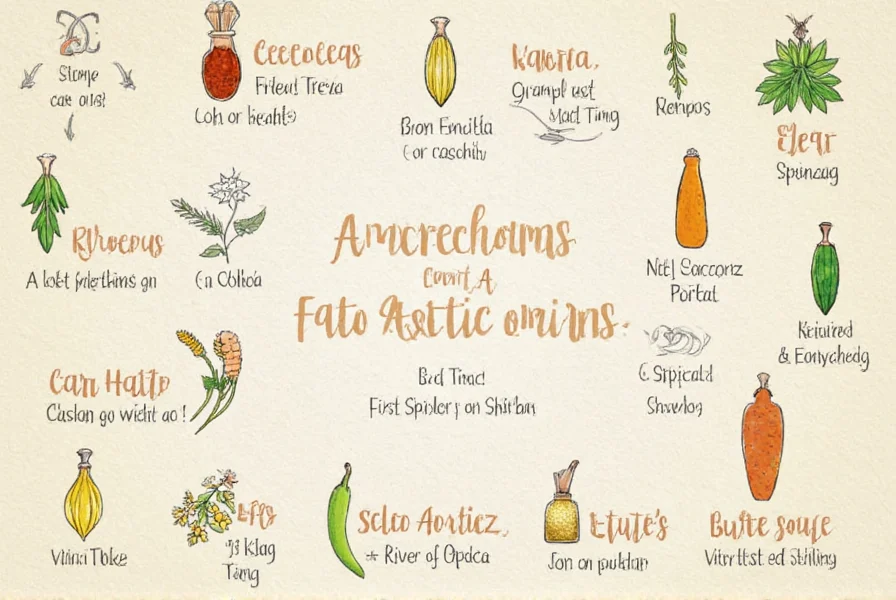
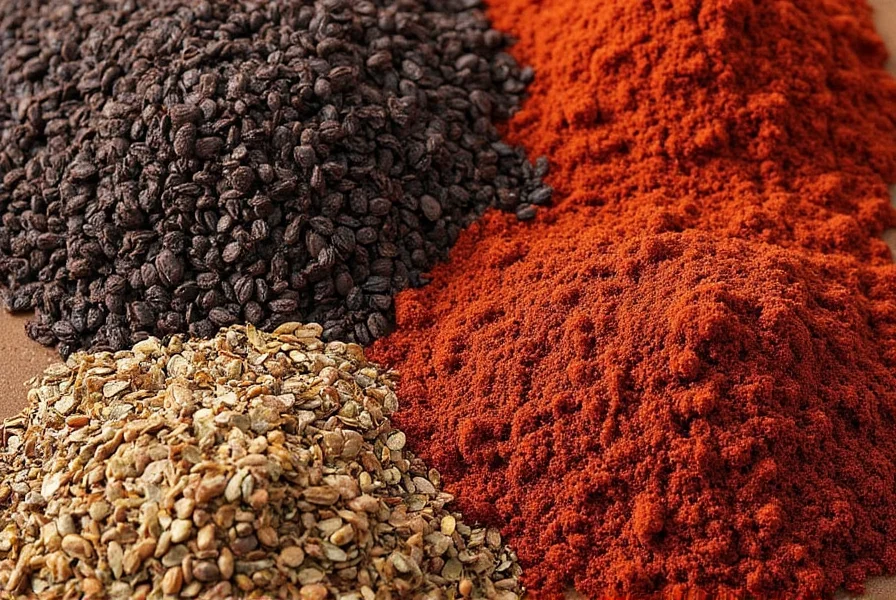
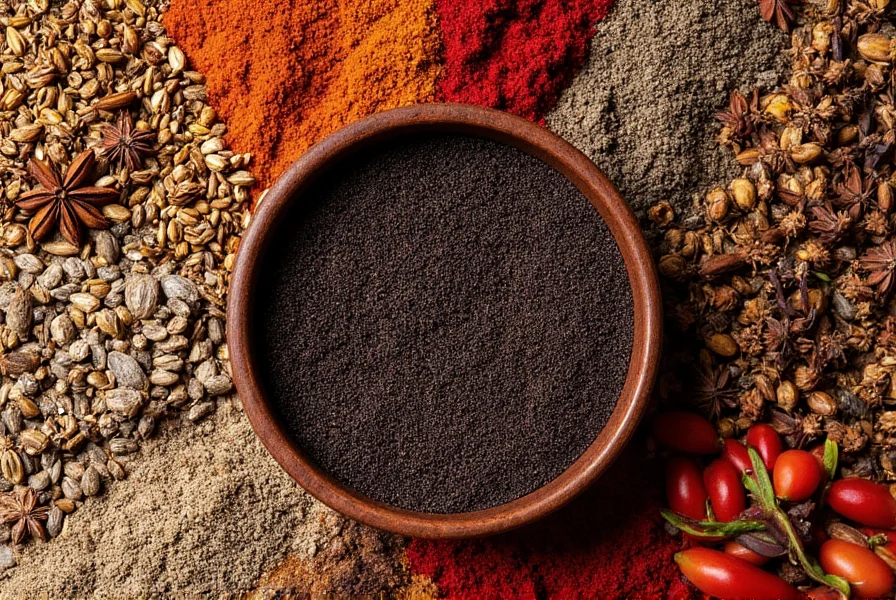
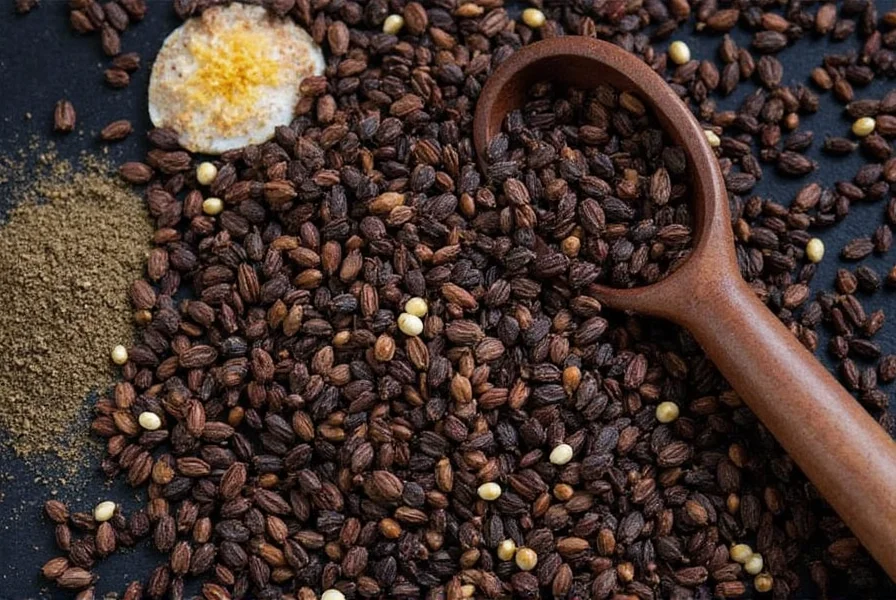
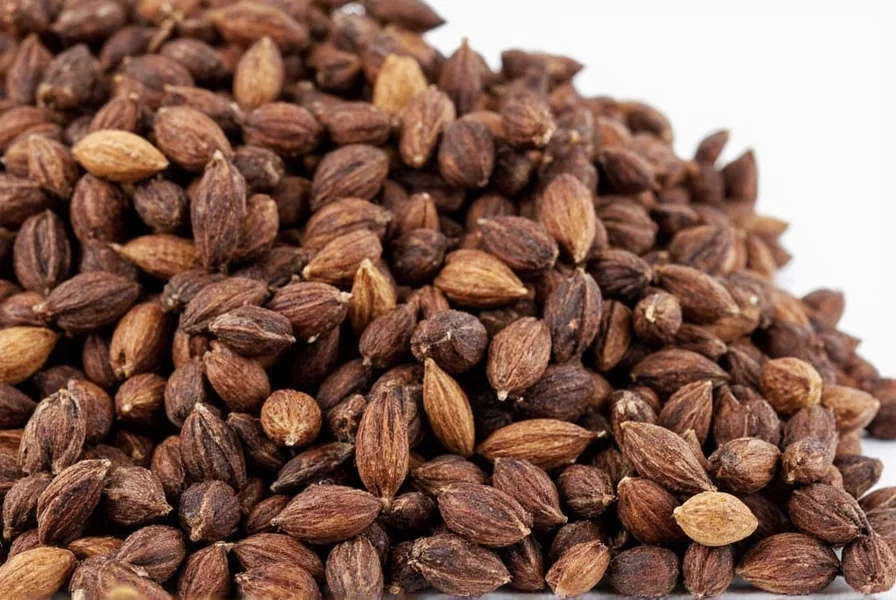
Popular Black Spices and Their Uses
True "black spices" are defined by their specific names, not color alone. Here are the five most commonly recognized black spices:
- Black Pepper: The most widely used black spice, derived from dried peppercorns. It offers a sharp, pungent heat that enhances almost any savory dish. Unlike white pepper, black pepper retains its outer layer for more complex flavor.
- Black Cardamom: Known for its intense smoky aroma from traditional open-flame drying. Essential in Indian curries, biryanis, and spice blends like garam masala. The pods must be crushed before use to release flavor.
- Black Cumin (Nigella sativa): Often confused with regular cumin, this spice has a distinct bitter, onion-like flavor. Common in Middle Eastern breads, pickles, and traditional remedies. Not related to black pepper or cardamom.
- Black Sesame Seeds: Used whole or ground, these seeds provide a rich, nutty flavor and striking visual contrast. Popular in Asian desserts, sauces, and as a garnish for sushi and salads.
- Black Salt (Kala Namak): A volcanic rock salt with sulfuric aroma and eggy flavor. Primarily used in Indian vegan cooking to mimic egg taste, and in chaats, chutneys, and beverages.
| Spice | Flavor Profile | Primary Culinary Use |
|---|---|---|
| Black Pepper | Sharp, pungent heat | Universal seasoning for meats, vegetables, sauces |
| Black Cardamom | Smoky, camphoraceous | Curries, rice dishes, spice blends |
| Black Cumin | Bitter, onion-like | Breads, pickles, traditional remedies |
| Black Sesame Seeds | Nutty, rich | Desserts, sauces, garnishes |
| Black Salt | Sulfuric, eggy | Vegan cooking, chaats, beverages |
Cooking Tips with Black Spices
Each black spice requires specific handling to maximize flavor:
- Toast Carefully: Black cumin and black pepper benefit from dry toasting, but black cardamom pods should be lightly crushed before toasting to release oils. Black sesame seeds only need brief heating to avoid burning.
- Use Proper Quantities: Black salt is potent - use 1/4 teaspoon per serving. Black cardamom pods are strong - 2-3 pods for a large pot of curry. Black pepper should be freshly ground for maximum impact.
- Combine Strategically: Black cumin pairs well with coriander and turmeric. Black cardamom complements cinnamon and cloves in spice blends. Black sesame works beautifully with soy sauce and ginger in Asian dishes.
- Storage Matters: Store whole black spices in airtight containers away from light. Ground black pepper loses potency in 3 months, while whole peppercorns last 2 years. Black salt should be kept dry to prevent clumping.
- Know When to Add: Black cardamom and black cumin should be added early in cooking to infuse flavors. Black sesame seeds and black salt are typically added at the end to preserve their delicate characteristics.
Buying Guide for Black Spices
Quality varies significantly among black spices. Here's how to choose the best:
- Black Pepper: Look for whole peppercorns with uniform size and strong aroma. Avoid pre-ground pepper - it loses flavor quickly. Indian Tellicherry or Vietnamese peppercorns are premium choices.
- Black Cardamom: Choose pods that are dark brown to black, plump, and intact. Avoid cracked pods or those with mold. The best have a strong camphor scent when crushed.
- Black Cumin: Seeds should be jet black, slightly curved, and have a strong onion-like aroma. Avoid pale or dull-colored seeds which indicate age. True Nigella sativa is often labeled "black seed" or "kalonji".
- Black Sesame Seeds: Look for shiny, uniform black seeds without white specks. Raw seeds have better flavor than roasted for most applications. Store in refrigerator to prevent rancidity.
- Black Salt: Authentic kala namak should have a distinct sulfur smell and pinkish-gray color when ground. Avoid white or yellowish salt - it's likely regular salt with coloring. Purchase from Indian grocery stores for best quality.
Frequently Asked Questions
Are all black spices actually black in color?
No. "Black spices" refers to spices with "black" in their common names, not their actual color. Black pepper is dark brown when whole, black cardamom pods are dark brown, and black salt is pinkish-gray when ground. Only black sesame seeds are truly black. The term is based on naming convention, not visual appearance.
Which black spice is the most versatile in cooking?
Black pepper is the most versatile black spice, used globally in both savory and sweet applications. It's the only black spice that's universally appropriate for everyday cooking across all cuisines. Black cardamom and black salt have more specialized uses, while black cumin and black sesame are typically regional ingredients.
Can black spices be substituted for each other in recipes?
Generally no. Each black spice has unique flavor compounds that can't be replicated by others. Black salt's sulfuric taste makes it irreplaceable in vegan egg dishes. Black cardamom's smokiness can't be substituted with regular cardamom. Substituting black cumin for regular cumin will drastically alter a dish's flavor profile. Always use the specific spice called for in recipes.
Do black spices have health benefits?
Some black spices have traditional health associations, but scientific evidence varies. Black pepper contains piperine which may enhance nutrient absorption. Black cumin has antioxidant properties studied for immune support. Black sesame is rich in calcium and lignans. However, these should not replace medical treatment. Always consult healthcare professionals for health concerns.
Why does black salt smell like eggs?
Black salt (kala namak) contains sulfur compounds that create its distinctive eggy aroma. This natural mineral salt is formed from volcanic rock deposits and undergoes special processing that preserves these sulfur compounds. The smell dissipates when cooked, leaving a subtle savory flavor perfect for vegan "egg" dishes.
Where can I find authentic black spices?
For authentic black spices, visit specialty spice shops, Indian/Pakistani grocery stores, or reputable online retailers specializing in whole spices. Avoid supermarket bulk bins where spices may be old or contaminated. Look for transparent sourcing information and check expiration dates. Black cardamom and black cumin are most commonly found in South Asian markets.
Conclusion
Black spices are defined by their specific names rather than color, each offering unique culinary contributions. From black pepper's universal heat to black salt's distinctive egg-like aroma, these spices expand your flavor repertoire when used correctly. Remember to buy whole when possible, store properly, and use them intentionally based on their individual characteristics rather than assuming they share common traits. With proper knowledge and handling, these "black" ingredients can transform your cooking from ordinary to extraordinary.

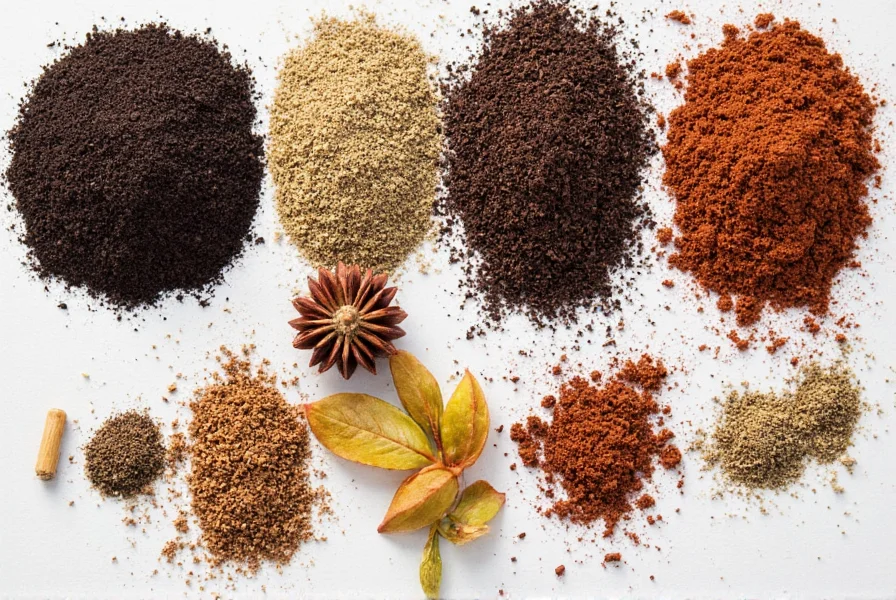









 浙公网安备
33010002000092号
浙公网安备
33010002000092号 浙B2-20120091-4
浙B2-20120091-4